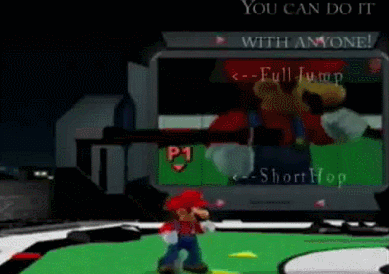Directional Influence (DI)
DI is performed by holding the control stick in a direction when hitlag ends (the control stick can still be held before this) after you get hit. Depending on the angle at which you hold the stick, it will influence the trajectory you travel at. The maximum amount of influence possible is by holding the control stick perpendicularly to the trajectory. If an attack were to send you horizontally, in this case, DI is maximised holding up or down.

Two types of DI exist, survival DI and combo DI. To maximize chances of survival when being hit by a strong attack, DI in a manner that would send you closest to the upwards corners of the stage. Note that using survival DI when being comboed with weak moves is not effective as this pops your character in the air to continue being comboed. In this case, combo DI should be used, holding away from the opponent to make it as hard as possible to continue the combo.






